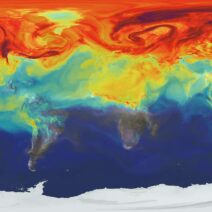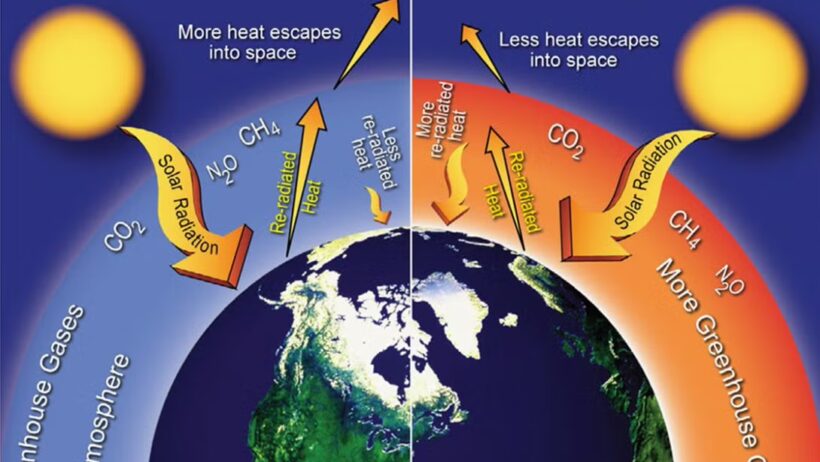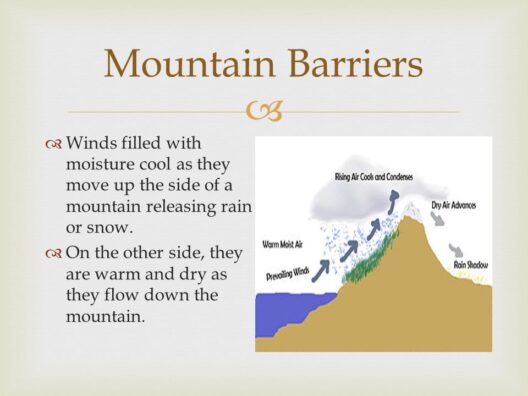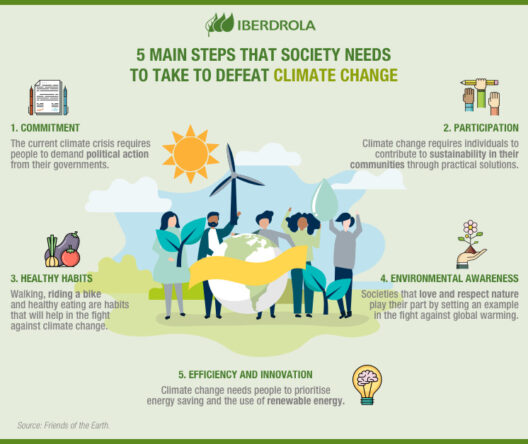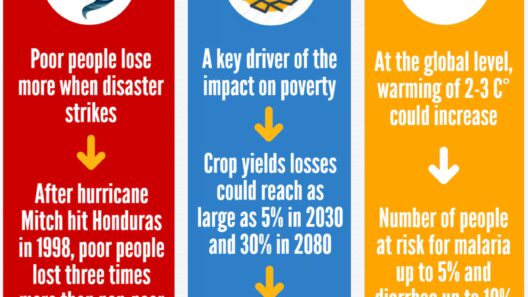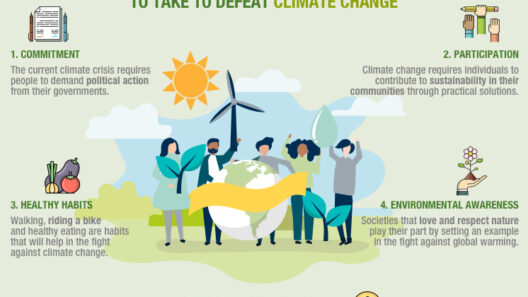Climate change is an omnipresent phenomenon that reverberates across the globe, drastically altering our environmental landscape and impacting human lives in innumerable ways. Understanding its ramifications requires a multifaceted approach, as the effects are both immediate and long-term, localized and globalized. By examining climate change through different lenses—geographical, humanitarian, and personal—we can better appreciate its intricate interplay with various aspects of life.
At the crux of this global crisis lies the increase in average global temperatures, a consequence predominantly attributed to the accumulation of greenhouse gases in the atmosphere. Carbon dioxide, methane, and nitrous oxide entrap heat, creating a ‘greenhouse effect’ that leads to extreme weather patterns, melting ice caps, and rising sea levels. These changes not only threaten our planet’s biodiversity but also exacerbate social inequalities and jeopardize human health.
Consider the plight of coastal communities, which bear the brunt of rising sea levels. For many, these areas represent more than mere geographical coordinates; they embody heritage, culture, and identity. In countries like Bangladesh and the Maldives, whole communities face the existential threat of displacement, as centuries-old settlements succumb to encroaching waters. This phenomenon is not confined to remote areas; in the United States, cities such as Miami and New Orleans are grappling with flooding and erosion. The displacement of people leads to complex scenarios involving migration, economic decline, and social disintegration.
In addition to coastal implications, one must consider the agricultural challenges posed by climate change. Shifts in precipitation patterns and increased temperatures have precipitated a phenomenon termed ‘climate-induced crop failure.’ Nations dependent on agriculture for economic sustenance face dire duress. In regions like Sub-Saharan Africa, where famine is already a looming threat, altered rainfall patterns lead to droughts or unexpected floods, wreaking havoc on local farming practices. This cycle perpetuates poverty and malnutrition, as communities struggle to adapt to an increasingly unpredictable climate.
Furthermore, the rise in global temperatures has a cascading effect on public health. The proliferation of vector-borne diseases, such as malaria and dengue fever, is further exacerbated by climate change. Warmer conditions are congenial to the spread of mosquitoes, making previously inhospitable areas vulnerable to outbreaks. Heat-related illnesses also rise as urban areas transform into ‘heat islands,’ where concrete jungles trap heat, placing vulnerable populations at increased risk. The disproportionate impact on marginalized communities becomes evident, revealing an unsettling truth: climate change is not merely an environmental issue; it is a humanitarian crisis.
As temperatures rise, the availability of natural resources diminishes. Freshwater scarcity is a pressing issue, affecting billions worldwide. Changes to precipitation and snowmelt patterns disrupt water supply, leading to conflicts over access to this vital resource. Regions that once enjoyed abundance now negotiate water rights amid escalating tensions, illustrating the nexus between climate change and geopolitical instability.
Conversely, some regions may experience short-term benefits from climate change, such as longer growing seasons or access to previously inaccessible natural resources. However, these benefits are often outweighed by the negative impacts elsewhere. The pursuit of economic gain from climate-induced opportunities leads to ethical dilemmas and complex socio-political ramifications that complicate global responses. The advent of ‘climate colonialism,’ where wealthier nations exploit the resources of less developed countries while contributing disproportionately to the crisis, exemplifies a troubling trend.
In the face of such stark realities, climate action becomes imperative. Mitigation efforts, such as reducing carbon emissions and implementing renewable energy solutions, are crucial. Transitioning to sustainable energy not only addresses the root causes of climate change but also stimulates economic growth and creates jobs. The burgeoning green economy offers a dual benefit: tackling climate change while fostering social equity. Community-driven initiatives, renewable energy projects, and sustainable agriculture programs showcase the potential for symbiotic solutions that benefit both the environment and society.
Moreover, education and awareness play pivotal roles in catalyzing climate action. By fostering a culture of sustainability, individuals can empower themselves and their communities to make informed choices. This grassroots movement is vital for instilling a collective sense of responsibility. Engaging in dialogues about environmental ethics, advocating for policy changes, and supporting local sustainability practices serve as crucial first steps toward creating a more resilient future.
While the challenges posed by climate change appear formidable, small actions taken collectively can yield transformative results. Each bit of awareness, each conscious choice made, contributes to a tapestry of resilience—a collaborative effort to reshape our environment and ensure a sustainable future. As individuals become stewards of the planet, they hold the power to enact change, no matter how seemingly insignificant their actions appear.
Ultimately, the effects of climate change resonate far beyond the realm of environmental science. They echo through societal structures, economic frameworks, and personal lives. Understanding these interconnected ramifications invites curiosity and demands action. In viewing climate change as the global challenge it is, we can pivot our perspectives and galvanize efforts to forge a sustainable path forward, fostering a world where both nature and humanity can thrive harmoniously.


